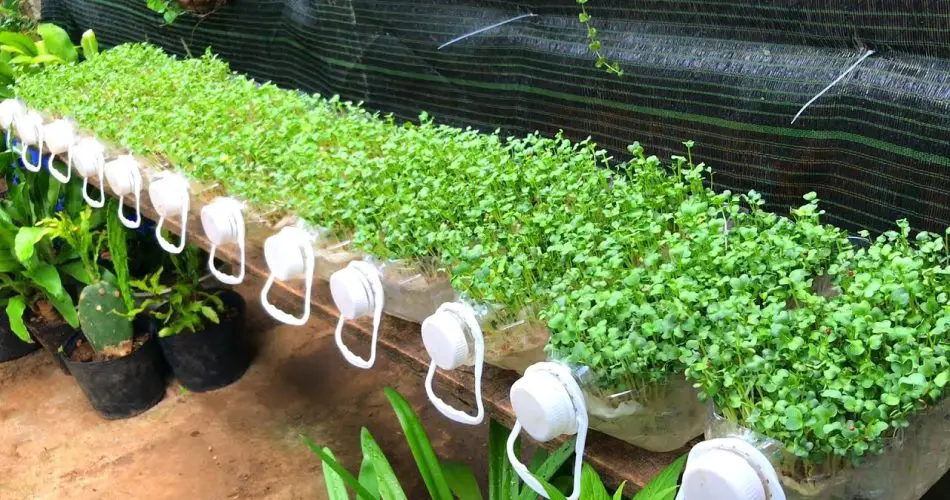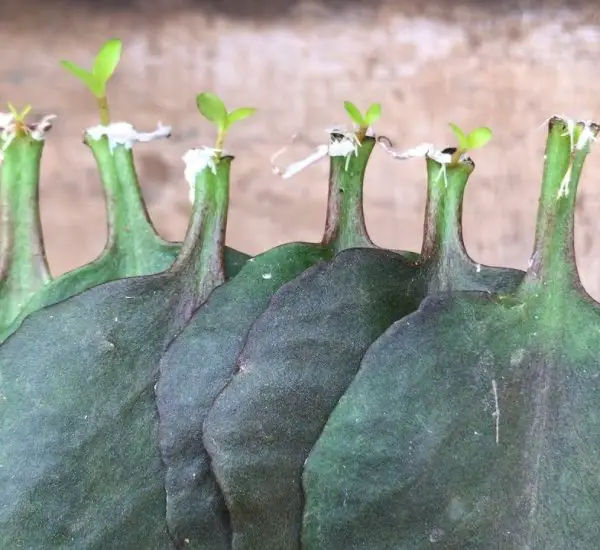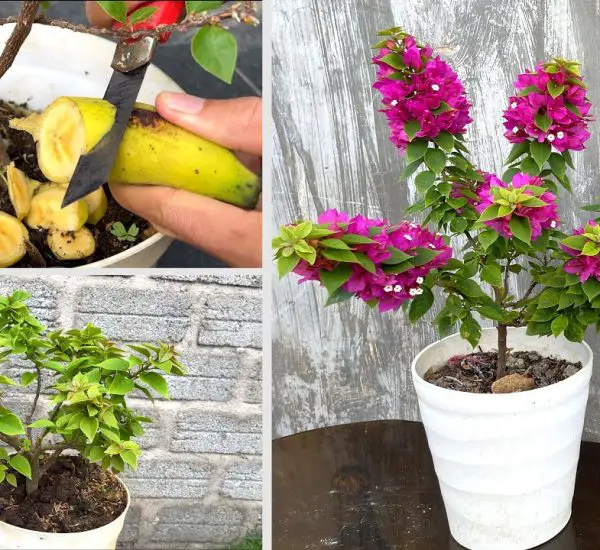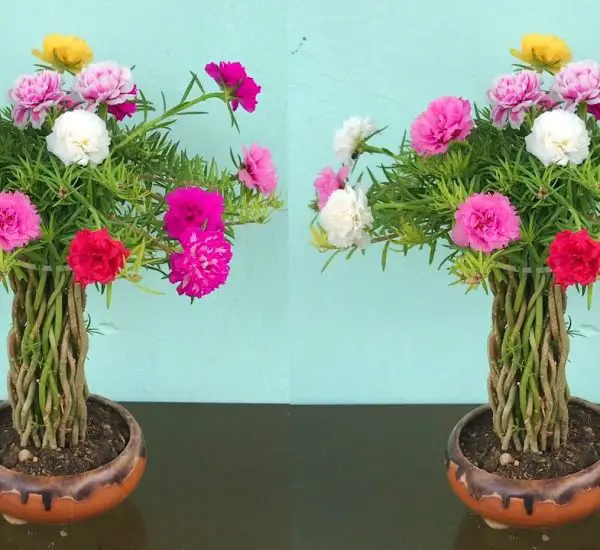In an effort to reduce plastic waste and contribute to a more sustainable lifestyle, many gardeners are turning to innovative ways of reusing plastic bottles for growing sprouts. Not only is it a creative way to recycle, but it’s also an efficient and easy method for growing vegetables right at home. Whether you’re new to gardening or a seasoned grower, using plastic bottles for sprouting is an environmentally friendly and practical solution. Here’s how you can grow fresh sprouts in plastic bottles and make the most of your space and materials.
Why Grow Sprouts in Plastic Bottles?
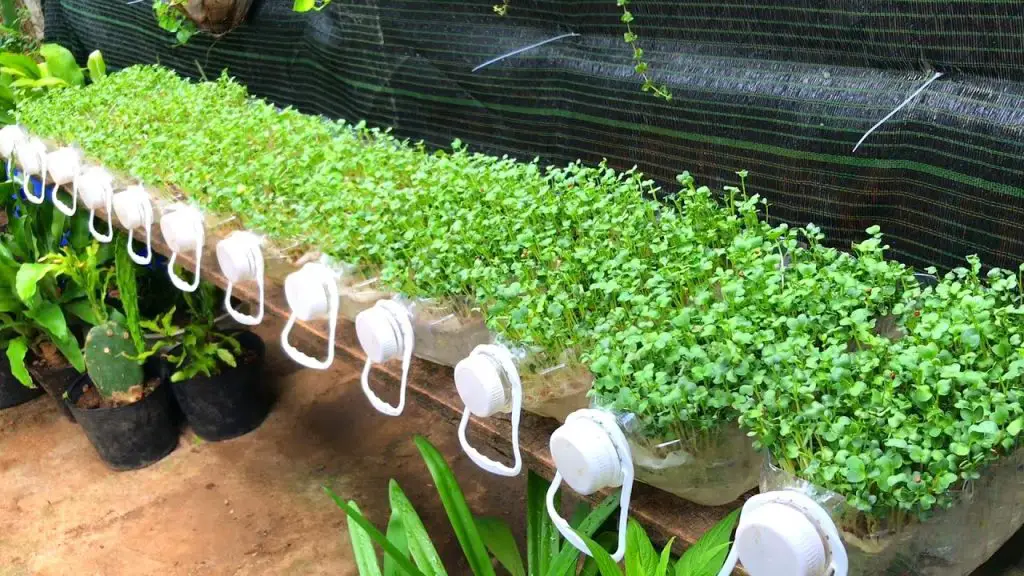
Growing sprouts in plastic bottles offers numerous benefits. First, it’s an eco-friendly way to reduce waste by repurposing bottles that would otherwise end up in landfills. Second, sprouting in plastic bottles is an efficient use of space—perfect for people with small gardens, apartments, or those looking to grow healthy vegetables indoors. Additionally, sprouts are nutrient-dense and fast-growing, making them an excellent choice for quick and easy home gardening.
Materials Needed for Growing Sprouts in Plastic Bottles
Before you start growing your own sprouts, gather the following materials:
- Plastic bottles (such as water or soda bottles)
- Seeds for sprouting (e.g., alfalfa, mung beans, lentils, or radish seeds)
- Scissors or a knife
- Water
- A tray or shallow dish to catch any excess water
- Cotton or a fine mesh cloth (optional, for covering the seeds)
By using recycled plastic bottles, you’re not only saving space but also helping to cut down on plastic waste.
Step-by-Step Guide to Growing Sprouts in Plastic Bottles
Step 1: Prepare the Plastic Bottle
- Choose a clean plastic bottle with a cap. Water or soda bottles work best because they have a good size and shape for sprouting.
- Cut the bottle about one-third of the way down using scissors or a knife. You’ll need the bottom part of the bottle to hold the seeds, while the top part will serve as a cover.
- Poke small holes in the bottle cap for drainage. If you’re using the top part of the bottle to cover the seeds, ensure there are enough holes to allow excess water to escape and provide proper airflow.
Step 2: Prepare the Seeds
- Rinse the seeds thoroughly to remove any dust or debris.
- Soak the seeds in water for 8 to 12 hours (or overnight), depending on the type of seeds you are sprouting. Soaking helps speed up the sprouting process.
Step 3: Set Up the Bottle for Sprouting
- Place a small amount of cotton or cheesecloth at the bottom of the bottle to help hold the seeds in place. This will also allow air to flow and prevent them from becoming soggy.
- Add the soaked seeds into the bottom portion of the plastic bottle. Distribute them evenly so they don’t clump together.
- Place the bottle in a warm, dark location for 2 to 3 days. The temperature should ideally be between 65-75°F (18-24°C) to encourage growth. Cover the seeds with the top portion of the bottle to help keep them warm and protected.
Step 4: Water and Care for the Sprouts
- Rinse the seeds twice a day with clean water. Remove the bottle cap and pour water over the seeds, making sure to drain any excess water.
- If you’re growing multiple types of sprouts, be sure to check the specific water needs of each type.
- Ensure the sprouts receive adequate light after the first 2 to 3 days. Once they begin to sprout, move them to a bright location or place them near a window with indirect sunlight.
Step 5: Harvest Your Sprouts
After about 4 to 7 days, your sprouts should be ready to harvest. They should have grown tall, tender, and lush. Rinse thoroughly one final time before enjoying them in salads, sandwiches, or as toppings for your favorite dishes.
Benefits of Growing Sprouts in Plastic Bottles
- Easy and Low Maintenance: Growing sprouts is quick and requires minimal care—just regular rinsing and watering.
- Space-Saving: Using plastic bottles as planters allows you to grow sprouts in tight spaces like apartments or small kitchens.
- Eco-Friendly: By recycling plastic bottles, you contribute to reducing plastic waste while growing your own healthy food at home.
- Cost-Effective: Sprouting seeds are inexpensive, and you can harvest large quantities of fresh greens without needing a lot of space or equipment.
Additional Tips for Successful Sprouting
- Choose the right seeds: Opt for seeds specifically designed for sprouting, as they tend to have higher germination rates.
- Avoid overwatering: Make sure your bottle has good drainage. Overwatering can cause the seeds to rot.
- Control humidity: If growing in a hot, dry climate, consider covering your sprouts with a damp cloth or keeping them in a location with moderate humidity.
Conclusion: Grow Your Own Fresh Sprouts and Help the Planet
Growing sprouts in plastic bottles is an innovative and sustainable way to reduce waste and grow your own nutritious vegetables at home. It’s a simple process that anyone can do, regardless of experience or available space. By using recycled materials, you’re not only helping the environment but also cultivating your own fresh, healthy food for the whole family to enjoy.
So, next time you reach for a plastic bottle, think about how you can reuse it to grow delicious sprouts and contribute to a more eco-conscious world!
